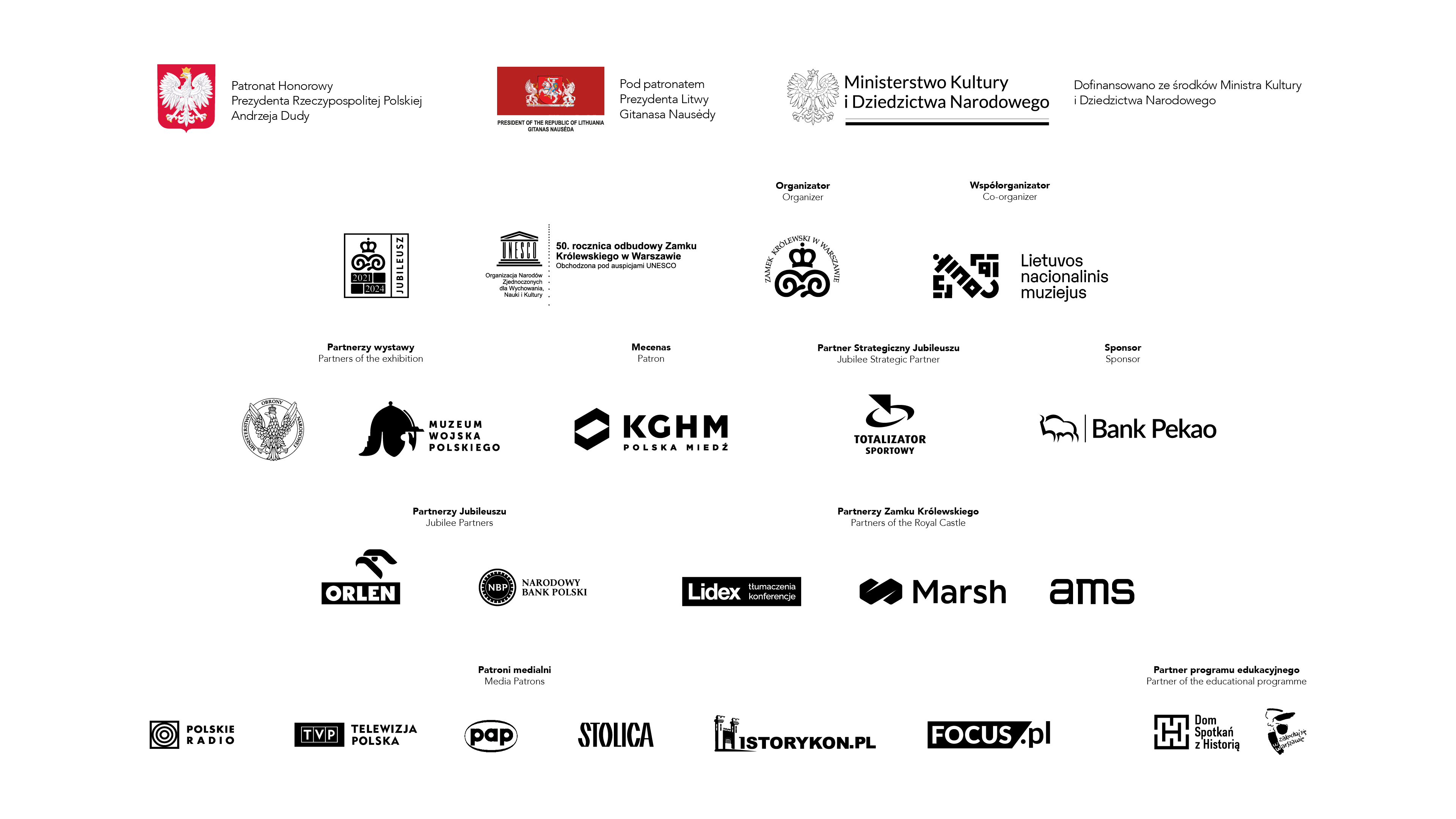Love and Duty. The 1863 January Uprising
24 January–16 April 2023
The Tin-Roofed Palace
Buy a ticket
The January Uprising was the largest and longest-lasting independence insurrection during the period of partitions. This uprising against the Russian invaders united Poles, Lithuanians, Belarussians, and Ukrainians, forever leaving its mark on our common memory and becoming an inspiration for the next generations of heroes fighting for freedom. On the 160th anniversary of this momentous event, we invite you to an exhibition that allows you to better understand both its historical significance and its personal, human dimension.
A total of more than 200,000 people fought in the ranks of the January insurgents at various stages of the struggle, while the burden of Russian repression was felt by a large section of the society. This is undoubtedly one of the most tragic pages in the history of the national liberation struggles in Central and Eastern Europe, but its aftermath was not only graves and broken lives. The spiritual legacy of the January Uprising laid the foundations for the modern identity of several nations, strengthened interstate solidarity, and redefined a sense of community and patriotic duty. It also became the founding myth of the two states that became independent in 1918 – the Second Polish Republic and the Republic of Lithuania.
Q&A featuring the curator Anna Czekaj:
The exhibition, organized by the Royal Castle in Warsaw, in cooperation with the Lithuanian National Museum in Vilnius and in partnership with the Polish Army Museum, brings the January Uprising into a general perspective of its causes, course and aftermath by presenting the stories of people - concrete, shown by face and mentioned by name. It is in individual fates that the will to fight and the sacrifice of the community that fought for independence is most fully revealed.
Making of:
The exhibition features works of art: paintings, prints and drawings by artists such as Artur Grottger, Maksymilian Gierymski and Jacek Malczewski, as well as artefacts from the period: photographs, civilian clothes and uniforms, weapons, patriotic jewellery and personal items. The aim of the exhibition is not only to preserve knowledge of the uprising, but also to stimulate historical imagination, making it possible to evoke the collective and individual emotions that accompanied the uprising. The exhibits come from museums in Poland, Lithuania and Ukraine.
Objects found during archaeological work on Giedymin Hill in Vilnius are a particularly important part of the exhibition. In 2017, during work to save the sliding slopes of the mountain, human remains were accidentally discovered which, upon examination, turned out to belong to the January insurgents who were executed in 1864 on Lukiski Square as part of public executions. The burial ceremony of the identified remains took place in the presence of the presidents and highest authorities of Lithuania and Poland at the Rossa Cemetery in Vilnius in November 2019.
















